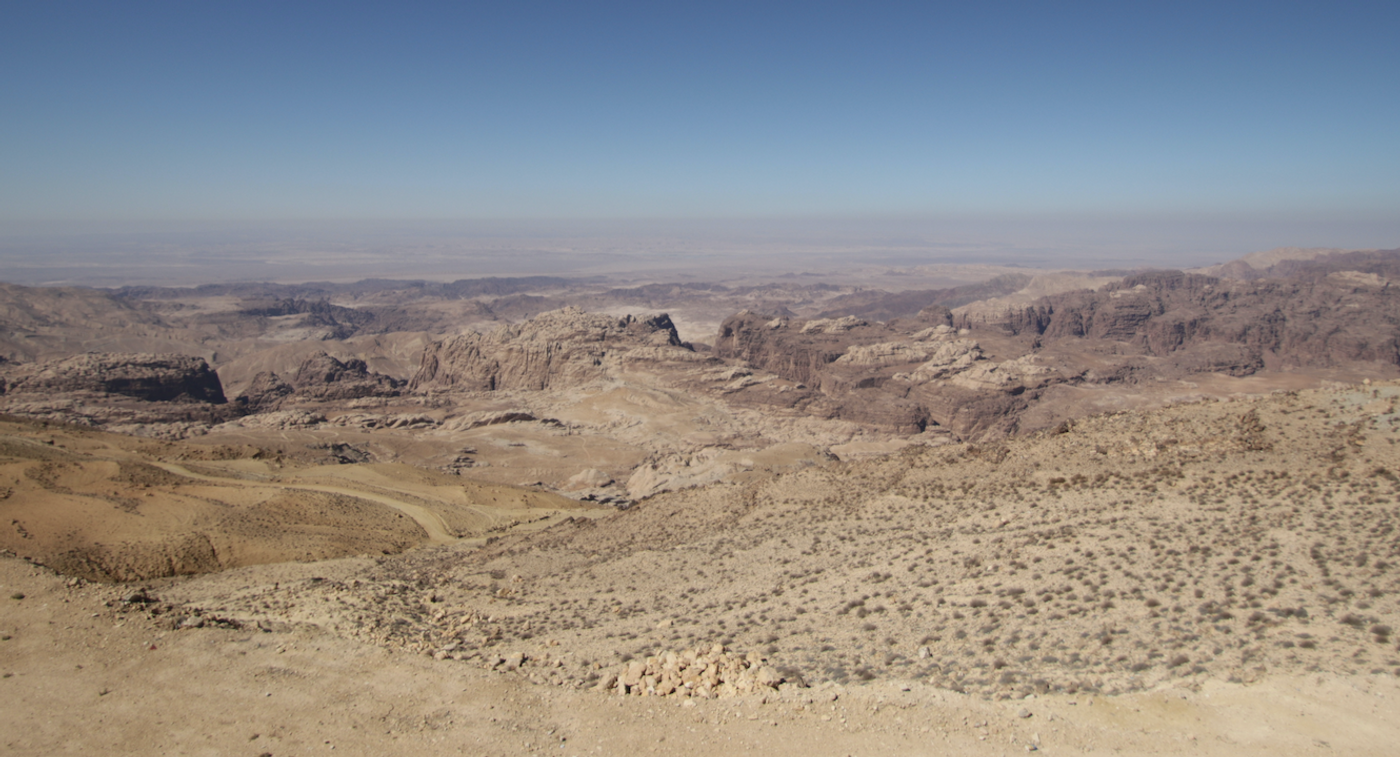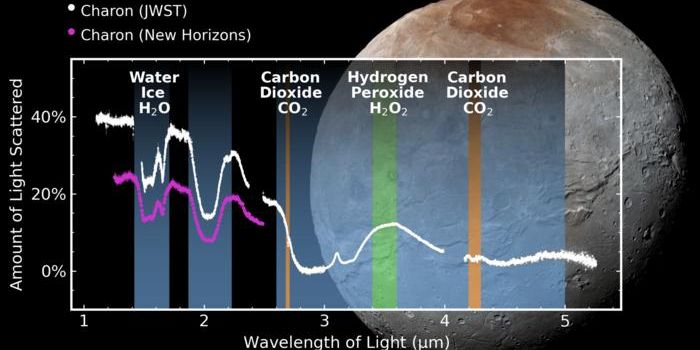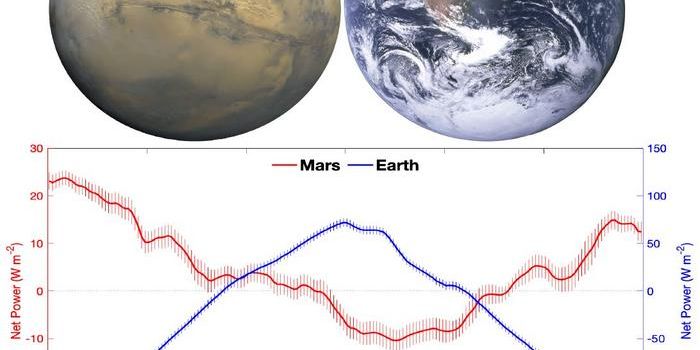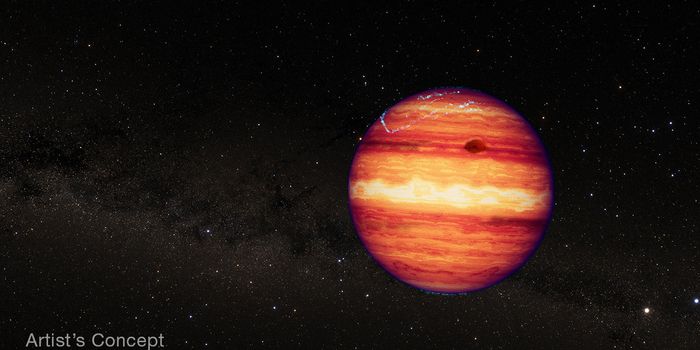When a Meteor Destroyed an Ancient City, It May Have Inspired Biblical Tales
Social media and the ubiquitousness of cameras have given people excellent views of large meteors falling near populated areas several times over the past few years. Luckily, none have caused much damage. But other meteors, such as the one that caused the Tunguska event, have been far more destructive; in 1908, a meteor around 60 meters wide entered the atmosphere over Eastern Siberia, and caused an explosion in the air with a force of about 12-megatons, destroying 500,000 acres of forest.
A similar airburst is thought to have also occurred in about 1650 BCE in the Jordan Valley. At the time, a city called Tall el-Hammam was thriving. It may have been the largest Bronze Age city that was continuously occupied in that region, and was home to early civilization in the southern Levant for several thousand years. Many people lived there; it was probably about ten times bigger than Jerusalem at the time. When the meteor hit the atmosphere, it probably fragmented and exploded, annihilating Tall el-Hammam and the nearby settlement of Tall-Nimrin. Tell es-Sultan, which may been what is known in the Bible as Jericho, was likely also destroyed around the same time.
“It’s an incredibly culturally important area,” said James Kennett, emeritus professor of earth science at the University of California Santa Barbara. “Much of where the early cultural complexity of humans developed is in this general area.”
Archaeologists have found that settlements there were built, ruined by conflict, and reconstructed over thousands of years, creating compacted layers in the soil. Researchers have found a streak of very unusual stuff mixed in with other Middle Bronze Age debris. While there was material that is typical of destruction from warfare, there were also building materials that had melted, surfaces of pottery shards melted into glass, and other signs of transformation because of very high heat. There was no technology at that time that could have generated temperatures that hot.
An explosion like the Tunguska Event happened here, the researchers suggested. The city of Tall el-Hammam was leveled, completely flattening the structures and pulverizing everything. The skeletons of humans were blown apart by the force.
“We saw evidence for temperatures greater than 2,000 degrees Celsius,” said Kennett.
The soil analysis provided evidence of melted metal, particles rich in iron and silica, and extremely high levels of salt.
“The salt was thrown up due to the high impact pressures,” Kennett said. The salt-rich Dead Sea is nearby, and may have also been impacted by the blast. Salt crystals might have been thrown into the air and redistributed all over the region. This salinity could be to blame for a “Late Bronze Age Gap,” in which people left the Jordan Valley, and nothing grew there for centuries. The areas was populated with a few hundred nomads for about 600 years, then communities began to reappear.
“I think one of the main discoveries is shocked quartz. These are sand grains containing cracks that form only under very high pressure,” Kennett added. “We have shocked quartz from this layer, and that means there were incredible pressures involved to shock the quartz crystals. Quartz is one of the hardest minerals; it’s very hard to shock.”
There has been extensive debate about whether Tall el-Hamman is the same place as the biblical city of Sodom, which won't be settled by this study alone. In the Old Testament Book of Genesis, the city is one of two that are destroyed by God. A resident named Lot is saved by angels and told not to look back. But his wife disobeys, and is turned into a pillar of salt. Crops were ruined, many people died, and fire and brimstone rained from the sky in the story, making it seem plausible that the authors may have been inspired by real events.
“All the observations stated in Genesis are consistent with a cosmic airburst, but there’s no scientific proof that this destroyed city is indeed the Sodom of the Old Testament," noted Kennett.
Sources: University of California - Santa Barbara, Scientific Reports









